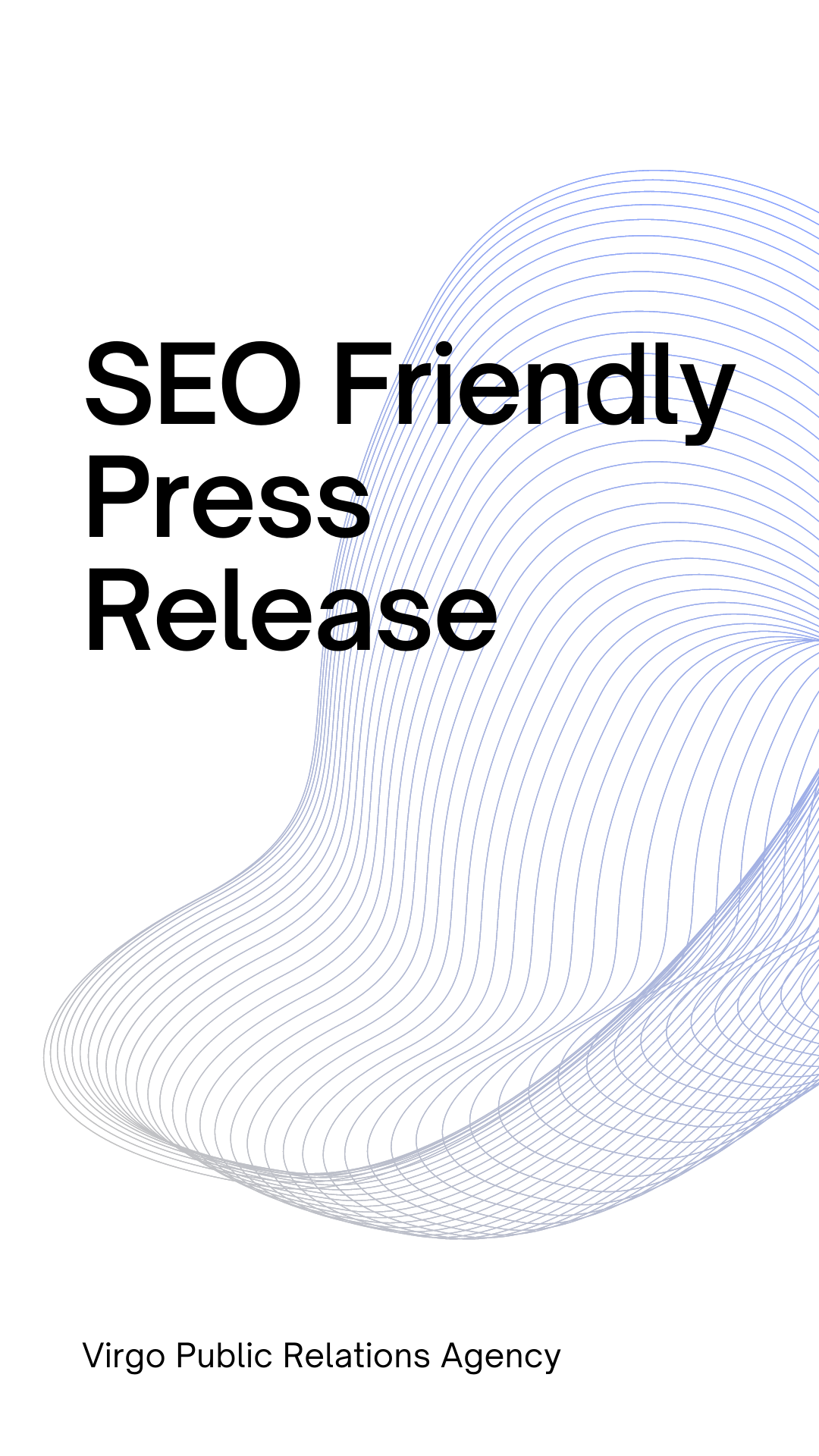According to many, if the business is not on the first two pages of search results, it is losing the battle for online presence.
SEO press releases are those that contribute to the authority of related search results.
Press releases are created with the intention of sharing newsworthy content with interested parties. In this age of digital marketing, press releases require SEO.
Now, customers use search engines to find what they need, and press releases often provide them with information that aids them in the decision-making process.
Given below are SEO best practices that will help a press release gain coverage in today’s digital landscape.
Use of Keywords
In a SEO-friendly press release, the top keywords should be included towards the front of the release, particularly in the headline and the subheading.
A press release also includes a boilerplate, which is a short paragraph that gives journalists the background of a business.
Repeating keywords in the boilerplate can be extremely helpful. Search engines are more attentive to keywords when they are in the first half of the press release.
Keyword Density
The number of times keywords appear compared to the total number of words on a page is known as keyword density.
The desirable density is normally anything between 2% and 8%. Instead of generic descriptors, keywords can include industry and product names.
Resources are available which help to determine the best keyword for a business.
They are Keyword Hero, Verbolia, Zutrix, and Wix among others.
Optimization of the Lead Paragraph
The press release should stick to facts and the tone should be primarily academic.
There are ways that a press release can influence the audience’s impression.
The lead paragraph is very important as it sets the tone for the rest of the press release.
The lead paragraph should create interest and state why, when, who, what, and where of the press release is important. Using keywords as early as possible makes the press release more readable.
Those who want relevant facts get what they want quickly.
As the lead paragraph comes just below the headline and the subheading in importance, the first 250 words of it should include primary and secondary keywords a number of times.
The content has to be newsworthy as distribution sites want content that helps to increase traffic.
Add Backlinks
In a press release, backlinks can be advantageous. For instance, if a press release covers a topic which is about a thought leader in a company, there can be a link to the person’s blog, bio, or Linkedin page.
Optimized backlinks can help a press release rank higher in organic search. There should not be more than one or two links and they should not appear to be spammy.
Avoid Keyword Stuffing
An excessive amount of keywords can make a release unpalatable for the reader. It is also unprofessional to use grammatically incorrect keywords.
Hitting a certain keyword density is also not necessary.
Nothing should interrupt the flow of the content. It is important to focus on writing a compelling press release and not write for SEO.
Mike Paffmann is the CEO of Virgo PR. He has previously worked as a Vice President at Clarity PR, 5WPR, and Highwire PR.
Virgo PR is a full-service digital marketing and digital PR agency that caters to clients in all industries. Paffmann has over a decade of experience in the public relations industry and has provided diverse media relations programs for brands and corporations across enterprise, software, eCommerce, technology, and consumer apps of all sizes. He has worked with clients including IBM, Genies, Glint, Rebel Ventures, AppAnnie, Owl Labs, car2go, Vkanesee, and more.

